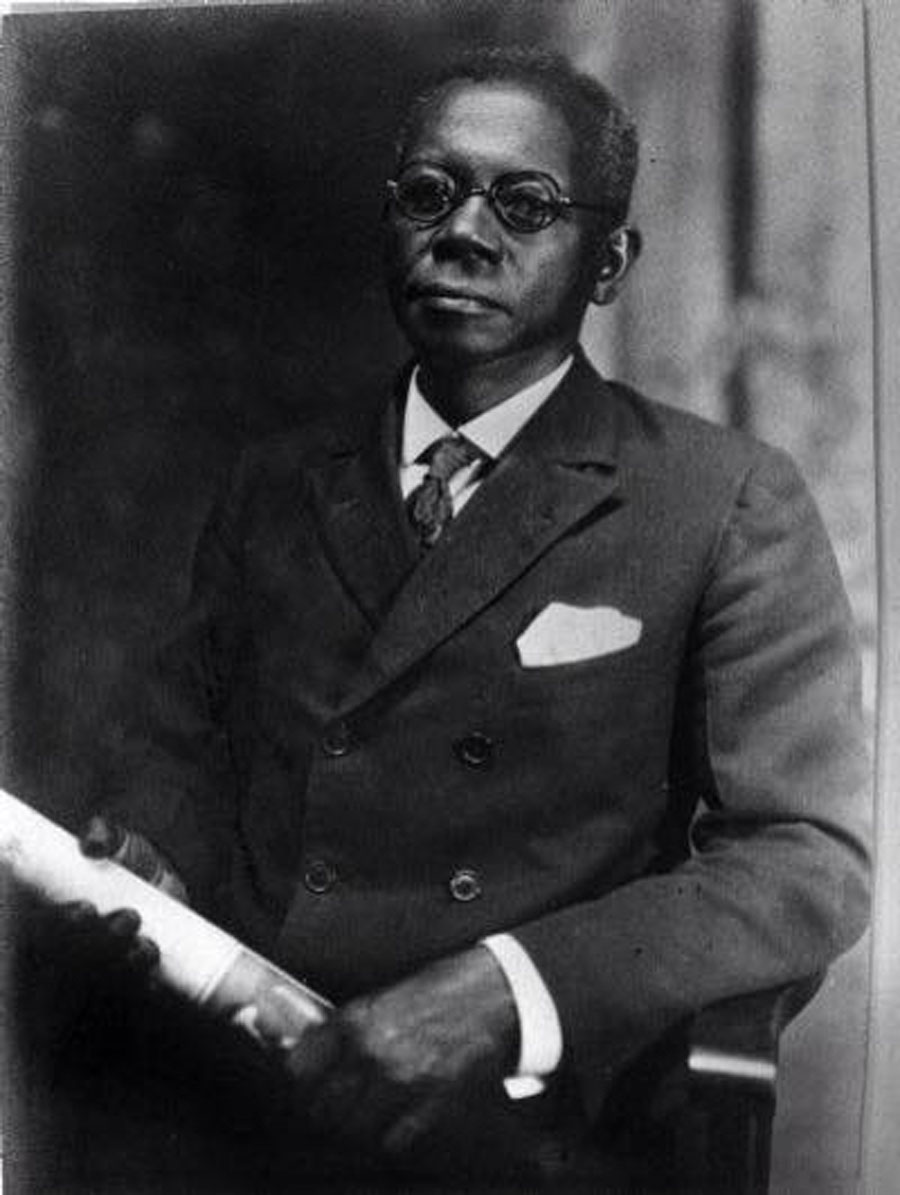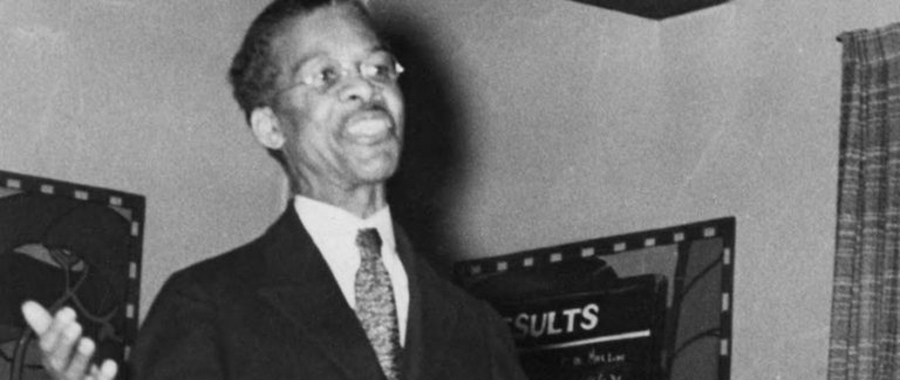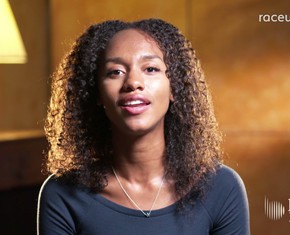The views expressed in our content reflect individual perspectives and do not represent the authoritative views of the Baha'i Faith.
Does historical research have something important to tell us about the fractious issues surrounding race in America? Can it tell us why early black civic leaders became Baha’is?
In our examination of one early Baha’i community—Miami, Florida in the 1920s—we’ve discovered that yes, learning more about the conditions in that Jim Crow-era city, and the prominent African-American people who decided to become Baha’is during that period, can definitely reveal new, important insights.
We know, first of all, that many civic leaders in America’s black population became Baha’is in the early part of the twentieth century. Many were well-known, like the “dean of the Harlem Renaissance,” Alain Locke and the prominent African-American attorney Louis Gregory. Many others, perhaps less nationally-known but no less committed, were local civic activists, doing what they could to elevate and emancipate African American people and communities, as the Baha’i teachings encourage us all to do:
Today the most remarkable favour of God centereth around union and harmony … so that this unity and concord may be the cause of the promulgation of the oneness of the world of humanity, may emancipate the world from this intense darkness of enmity and rancour, and that the Sun of Truth may shine in full and perfect effulgence. – Abdu’l-Baha, Selections from the Writings of Abdu’l-Baha, p. 103.
On the Miami Baha’i membership list of 1928-29, one of the three African American Baha’is in that 11-person community, “Mrs. S. E. Thompson,” appears as a new, handwritten entry. Mrs. Thompson was therefore added as a new Baha’i, by way of the 1928–1929 updated list. So who was this individual? Can we learn any more information about her? “Thompson,” of course, is a very common surname—with multiple occurrences of the first name, “Sarah,” as well. In this instance, Google won’t be very useful.
So let’s take a close look at her address: “603 N. W. 2nd St,” and see what the available records show.
The contemporary 1928 “Polk’s Miami Directory” lists a “Sarah E. Thompson” at 603 2nd Ave NW. But she is not marked “colored,” as was typically indicated during those racially segregated times by “(c)” following a name listed in the directory. However, in “Polk’s Miami Directory” for 1925, in a separate section, “Colored Population (1925),” on page 1134, we find this entry: “Thompson Nelson (Sarah E) driver h603 NW 2d av.” The entry shows that Sarah E. Thompson was African-American, and was married to Nelson Thompson, a driver by profession.
Newspaper articles show “Sarah E. Thompson” was an African-American woman, as this article, for instance: “Federation Club Is Organized By The Colored Women,” The Miami Herald (Tuesday, February 27, 1917), p. 4.
Note that Sarah E. Thompson’s address is given as “Second Av (NW).” Obviously this address is not the same as “N. W. 2nd St.,” as listed in the 1928–1929 Miami Baha’i membership list. Could the compiler of this membership list have mistakenly typed “Street” instead of “Avenue”?

Dana Albert Dorsey
This is almost certainly the case, because the address listed for Dana A. Dorsey (which has the typographical error of “K” instead of “A” as the middle initial) is also incorrect. Mr. Dorsey’s office was not located at “1009 N. W. 2nd Street,” according to the 1928 “Polk’s Miami Directory,” where the entry reads as follows: “1009 [“Second Av (NW)”] Dorsey Danna [sic] (c) real west [real estate].”
In other words, just as Mr. Dorsey’s address was incorrectly listed as “1009 N. W. 2nd Street,” then the address for “Mrs. S. E. Thompson, 603 N. W. 2nd St” was incorrect as well, and should have been listed as “603 N. W. 2nd Ave.”
This critical reading of the 1928–1929 Miami Baha’i membership list clearly shows that the third African American Baha’i in Miami was indeed Sarah E. Thompson. At this point, she lived alone—Sarah’s husband, Mr. Nelson Thompson, had previously passed away.
This article notes the last period of her life, almost twenty years on:
Mrs. Sarah E. Thompson Critically Ill
MIAMI, Fla. — Mrs. Sarah E. Thompson, well known in the Women’s Society for Christian Service and other State and national Methodist Church groups, is critically ill at her home, 603 NW. Second Avenue.” – The Pittsburgh Courier, January 18, 1947, p. 8. (The Pittsburgh Courier, it should be noted, was an African-American newspaper.)
This information would appear to contradict Sarah E. Thompson’s Baha’i identity, since she is reported as Christian and a member of Methodist organizations. But at that time the American Baha’i community was still in its formative stages, and during that early period a church member could also be a member of the Baha’i community. Such loose affiliations changed, over time, as Baha’is were gradually encouraged to fully identify themselves as Baha’is, and to forego their former church affiliations accordingly.
A number of newspaper articles show that Sarah E. Thompson was a civic leader, as was Dana A. Dorsey himself. In fact, the two civic leaders are associated in an article about an epidemic of Spanish influenza that swept Miami in 1918—when a “temporary hospital in colored town” was set up to treat African Americans stricken by the epidemic:
Colored people who have made contributions and otherwise assisted in getting the building ready are: Dr. Holley, Florence Gaskins, Nora Bolden, D. A. Dorsey, owner of the building; Sarah E. Thompson, president of the federation of colored women’s clubs, and so on. – “Epidemic Status Just About Same As On Yesterday,” The Miami News, Tuesday, October 15, 1918, p. 1.
That D. A. Dorsey was identified as the owner of the building in which this “temporary hospital in colored town” was set up is a further testament to Mr. Dorsey’s civic contributions as a philanthropist and humanitarian.
 That all three of these Baha’i individuals—Sarah Thompson, Dana Dorsey and Major Goggins—were also members of their local churches also underscores the fact that independent black churches served as the very backbone of African-American communities. The same holds largely true even today.
That all three of these Baha’i individuals—Sarah Thompson, Dana Dorsey and Major Goggins—were also members of their local churches also underscores the fact that independent black churches served as the very backbone of African-American communities. The same holds largely true even today.
Back then, in the fledgling years of the Baha’i Faith in America, the Miami Baha’is did not have the infrastructure and resources sufficient to adequately consolidate and otherwise develop and expand these tiny Baha’i communities. But, for all their limitations, they were the founders and forerunners of Baha’i communities today. Most importantly, though, Dana A. Dorsey, Major Goggins and Sarah E. Thompson exemplify the kind of selfless service to local communities so strongly emphasized throughout the Baha’i world today:
The friends of God should become the manifestors in this world of this mercy and love. They should not dwell on the shortcomings of others. Ceaselessly should they be thinking how they may benefit others and show service and co-operation. Thus should they regard every stranger, putting aside such prejudices and superstitions as might prevent friendly relations. – Abdu’l-Baha, from his letter to the first Universal Races Congress, Star of the West, Volume 2, p. 6.
















Comments
Sign in or create an account
Continue with Googleor